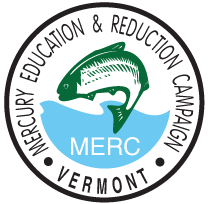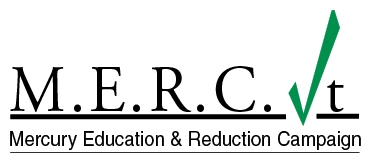Mercury is a pollutant that poses significant risks to both human and environmental health. The Vermont Mercury Management Program aims to reduce mercury pollution through proper labeling, disposal, and recycling of mercury-containing products.
How is Mercury Toxic?
Mercury exists in several forms, all of which are toxic:
- Methylmercury: Bioaccumulates in fish, posing a risk to those who consume them.
- Elemental Mercury: Inhalation of vapor can damage the respiratory and nervous systems.
- Inorganic Mercury: Ingestion or skin contact can harm the gastrointestinal tract and kidneys.
Where is Mercury Found?
- Natural Sources: Volcanic eruptions, weathering of rocks.
- Human-Made Sources: Industrial emissions, coal burning, disposal of products like thermometers and fluorescent lamps.
Health Impacts on Humans
- Neurological Effects: Cognitive impairment, memory loss, tremors.
- Developmental Issues: Learning disabilities in children, fetal development problems.
- Other Health Risks: Kidney damage, cardiovascular issues.
Environmental Impact
Mercury pollution can persist in the environment, bioaccumulating in aquatic food webs and affecting fish, birds, and other wildlife.
Mercury in Fish
Methylmercury in water builds up in fish. When consumed, these fish can be harmful to your health. To stay safe, use Vermont's fish advisory to buy and catch low-mercury fish like salmon or trout.
Learn more about mercury in fish on the EPA's Guidelines for Eating Fish that Contain Mercury and Vermont's Department of Health webpage
What Can You Do?
- Dispose of mercury-containing products at designated collection sites to keep them out of the trash.
- Choose mercury-free alternatives.
- Educate others about the dangers of mercury and ways to reduce exposure risk.
Resources for More Information


